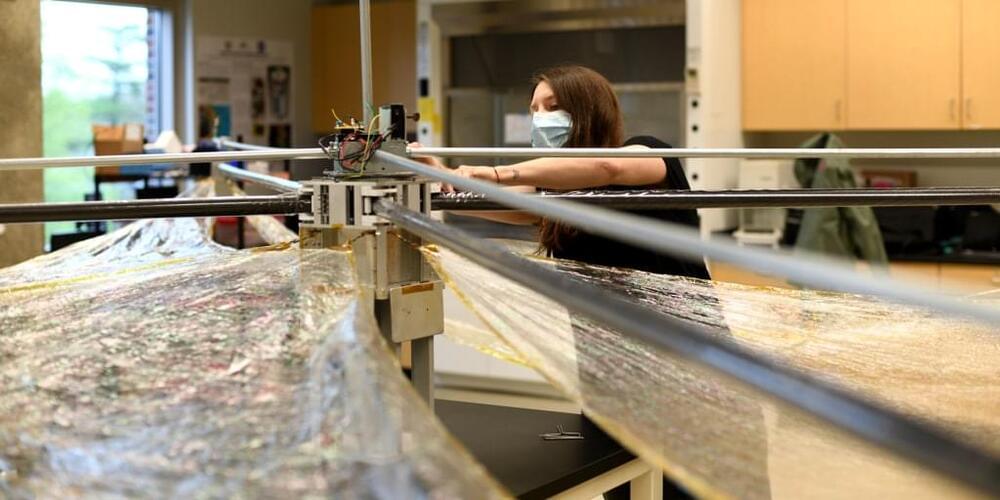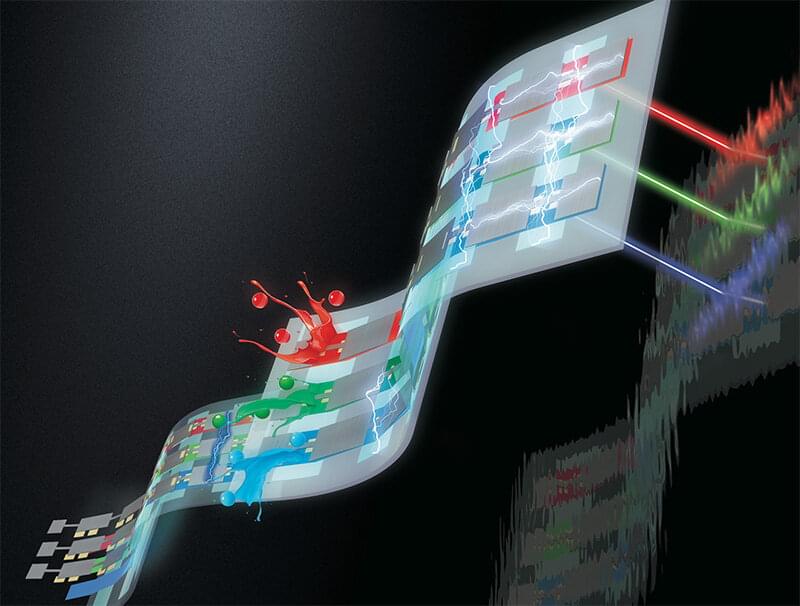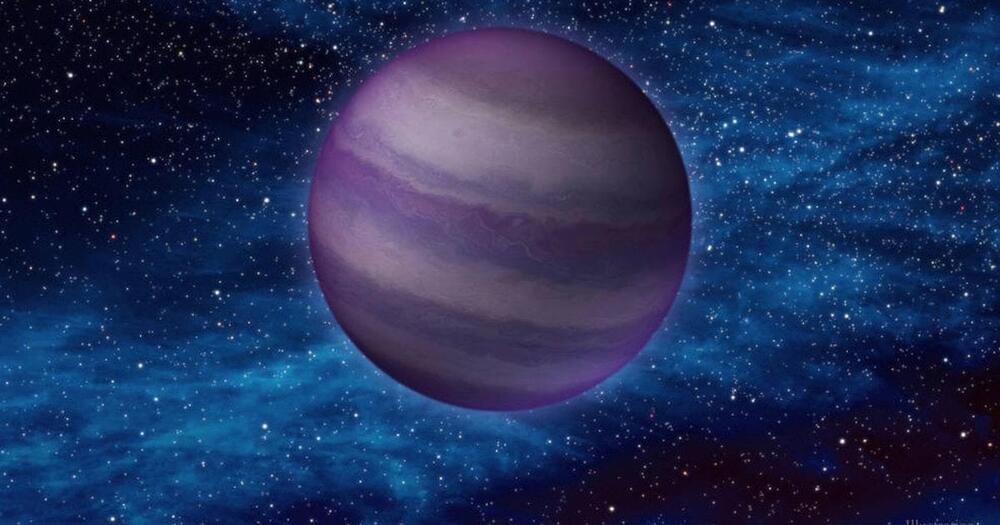More than a million Bluetooth-enabled devices are affected by new flaws.



AS-REP Roasting is the technique that allows retrieving password hashes for users that have this flag set in Active Directory. Additionally, various cybersecurity and hacking tools allow cracking the TGTs harvested from Active Directory. These include Rubeus and Hashcat.
Using a tool like Rubeus, attackers can find the accounts that do not require preauthentication and then extract the ticket-granting ticket (TGT) data for cracking the password offline.
Data can be transformed into a format that can be cracked by an offline tool such as Hashcat, which can use brute force password cracking against the hashes. This process incorporates the use of a dictionary file for brute-force password guessing.

A now-patched high-severity security vulnerability in WhatApp’s image filter feature could have been abused to send a malicious image over the messaging app to read sensitive information from the app’s memory.
Tracked as CVE-2020–1910 (CVSS score: 7.8), the flaw concerns an out-of-bounds read/write and stems from applying specific image filters to a rogue image and sending the altered image to an unwitting recipient, thereby enabling an attacker to access valuable data stored the app’s memory.
Centaurus A shows off its “dark tendrils of dust” in a knockout glamor shot.

Engineers are set to test a device that could pull defunct spacecraft and used rocket parts back to Earth, allowing them to burn up harmlessly in the atmosphere.
Researchers at Purdue University in West Lafayette, Indiana, are launching a prototype drag sail Thursday aboard a rocket made by Firefly Aerospace, a private space company based in Austin, Texas. The mission is designed to assess how well the kitelike sail can de-orbit the rocket’s spent upper stage.
The launch is scheduled to take place at the Vandenberg Space Force Base in California between 6 p.m. and 10 p.m. PT.


Cats have many superior genetic mutations like night vision even immunity to the current pandemic. If we can find the key to their immunity we could find a way to have near super human immunity.
“Getting a better understanding of the cat’s biology and genetic makeup will help us better understand the biology of humans, too,” says Leslie Lyons. (Credit: Lottie/Flickr)
The findings, published in Trends in Genetics, come after decades of genome DNA sequencing by Leslie Lyons, professor of comparative medicine in the University of Missouri College of Veterinary Medicine. Their cat genome assembly is nearly 100% complete.

In a new review article in Nature Photonics, scientists from Los Alamos National Laboratory assess the status of research into colloidal quantum dot lasers with a focus on prospective electrically pumped devices, or laser diodes. The review analyzes the challenges for realizing lasing with electrical excitation, discusses approaches to overcome them, and surveys recent advances toward this objective.
“Colloidal quantum dot lasers have tremendous potential in a range of applications, including integrated optical circuits, wearable technologies, lab-on-a-chip devices, and advanced medical imaging and diagnostics,” said Victor Klimov, a senior researcher in the Chemistry division at Los Alamos and lead author of the cover article in Nature Photonics. “These solution-processed quantum dot laser diodes present unique challenges, which we’re making good progress in overcoming.”
Heeyoung Jung and Namyoung Ahn, also of Los Alamos’ Chemistry division, are coauthors.

The Research Brief is a short take about interesting academic work.
The big idea
Many small animals grow their teeth, claws and other “tools” out of materials that are filled with zinc, bromine and manganese, reaching up to 20% of the material’s weight. My colleagues and I call these “heavy element biomaterials,” and in a new paper, we suggest that these materials make it possible for animals to grow scalpel-sharp and precisely shaped tools that are resistant to breaking, deformation and wear.
